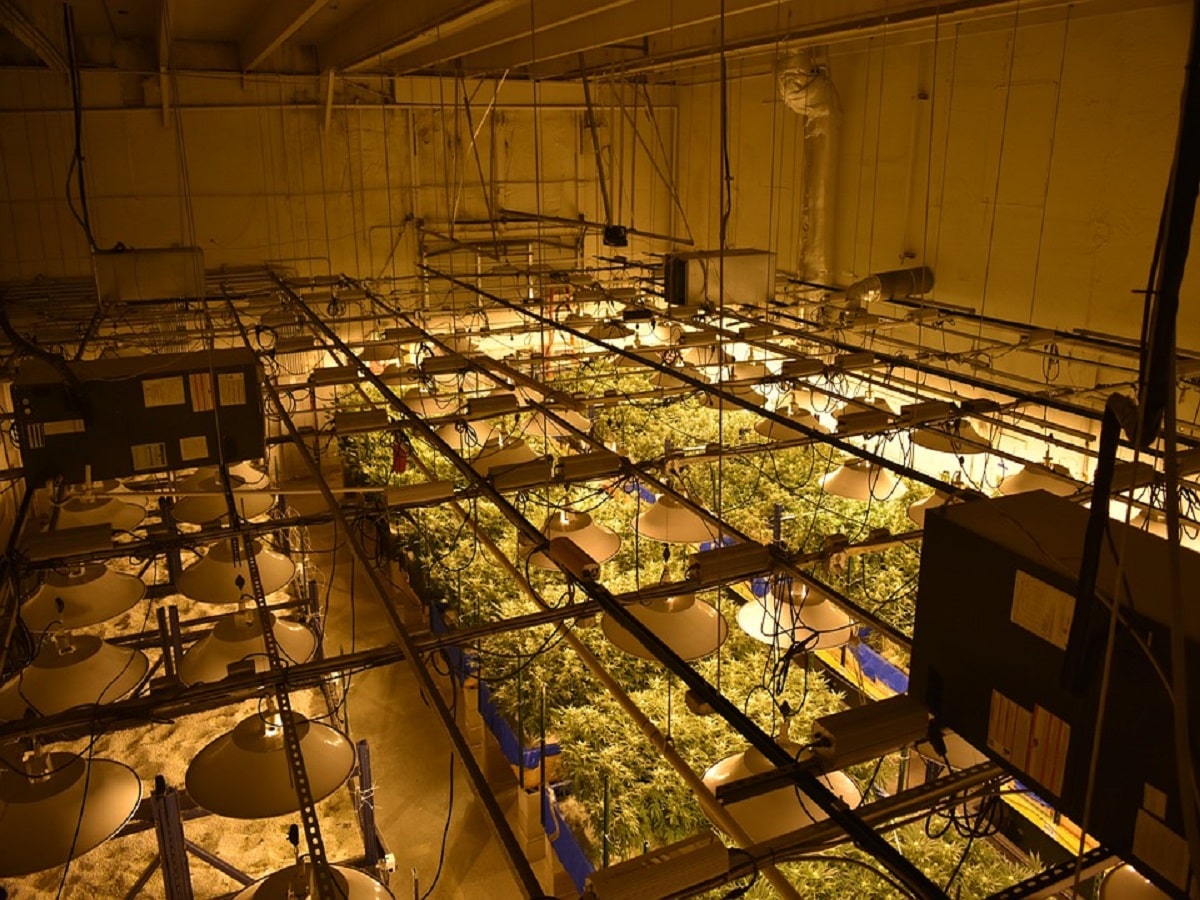Chicago, Jan. 16, 2023 (GLOBE NEWSWIRE) — Grow Lights Market by Offering (Hardware, Software & Services), Installation Type (New and Retrofit), Application (Greenhouses, Vertical Farms), Sales Channels, Spectrum, and Geography- 2026″, Key factors driving the grow lights market growth includes increasing government support for the adoption of solid-state lighting technology and controlled-environment agriculture (CEA) practices, growing investments in projects related to vertical farms and greenhouses, ongoing legalization of cannabis cultivation in different regions across the globe, and rising adoption of indoor farming in urban areas.
Europe region has been using grow light systems for the past few decades to grow plants in commercial greenhouses. The use of grow light in this region is gradually increasing from being a supplemental lighting source to becoming the primary source of light in indoor operations. Indoor horticulture is gaining rapid momentum in some major countries such as the Netherlands, Belgium, and France in this region to obtain fresh produce from locally cultivated farms. This factor is expected to generate massive demand for grow light systems in the near future. Technological developments in artificial grow lights have led the government in the European region to favor efficient and eco-friendly technologies such as LED and have implemented rigorous resolutions to ban the use of incandescent bulbs.
Ask for PDF Brochure: https://www.marketsandmarkets.com/pdfdownloadNew.asp?id=68944493
Grow Lights Market Scope of the Report
| Report Metric | Details |
| Estimated Market Size | USD 1.2 Billion |
| Projected Market Size | USD 4.9 Billion |
| CAGR | 32.2% |
| Base Year | 2020 |
| Forecast Period | 2021–2026 |
| Forecast Unit | Value (USD Million/Billion) Volume (Million Units) |
| Segments Covered |
|
| Geographic Regions Covered |
|
| Companies Covered |
|
Grow Lights Market Scope of the Report
This report categorizes the grow lights Industry based on offering, installation type, application, cultivated plant, lighting type, sales channel, watt, spectrum, and region available at the regional and global level.
“Browse in-depth TOC on “Grow lights Growth Drivers“
203 – Tables
78 – Figures
273 – Pages
Signify Holding (Netherlands): Signify Holding is a recognized brand in the lighting and illumination business; it offers a diversified product portfolio for horticulture applications. The company has developed innovative products to cater to the customers from the grow lights market by combining its expertise in lighting technologies with inputs from plant psychologists. Its products come in a variety of shapes, with a range of lumen outputs that are offered at various price points to suit the requirements of a wide range of growers, from hobbyists to commercial growers. Various factors, such as the increasing focus of consumers on indoor cultivation and vertical farming and ongoing government initiatives to adopt energy-efficient lighting, will create growth opportunities for these products.
OSRAM GmbH (Germany): OSRAM is known for developing superior quality products for its target markets. The company in January 2020, launched the new generation of the Oslon Square Hyper Red with a wavelength of 660 nm. It is a flagship product in the comprehensive horticulture portfolio of Opto Semiconductors of OSRAM. The company also focuses on inorganic growth strategies such as acquisitions. For instance, in May 2018, the company acquired Fluence Bioengineering, Inc. to become a leading provider of intelligent plant growth solutions. Similarly, in May 2018, OSRAM acquired Motorleaf, a Canada-based startup. This acquisition helped OSRAM strengthen the human and environmental aspects of greenhouse production. This shows that the company is persistently working on widening its product portfolio in the grow lights market. These steps are expected to significantly help the company maintain its dominant position in the grow lights market. With its stronghold in electronic components and connectivity space, the company can dominate the IoT segment within the grow lights market. OSRAM can further explore software-as-a-service (SAAS) opportunities and big data to aggregate and analyze sensor data from its all installation points.
Inquiry Before Buying: https://www.marketsandmarkets.com/Enquiry_Before_BuyingNew.asp?id=68944493
The new installations segment is estimated to hold a larger share of the grow lights market than the retrofit installations segment from 2021 to 2026. The growth of this segment can be attributed to the extensive deployment of LED grow lights in new vertical farms and greenhouses. Strong government support for adopting CEA practices and surging awareness regarding the benefits associated with LED grow lights are also expected to contribute to the growth of this segment during the forecast period. Grow lights are generally retrofitted when the light intensity drops below the desired levels after regular usage or in the case of damage to grow lights during operations. Growers may retrofit their old grow lights with new ones to ensure that their plants get the required amount of light to grow. Hence, when the light intensity decreases, grow lights are required to be retrofitted immediately. The introduction of grow lights based on advanced technologies, such as LED, plasma, and induction, has provided growers with more options to choose from while retrofitting their grow light systems.
Commercial greenhouses and vertical farms are expected to be the 2 major application areas for grow lights during the forecast period. Commercial greenhouses have witnessed increased automation in the last decade, and the concept of controlled environment agriculture (CEA) is being implemented in greenhouses to maintain optimum growing conditions and obtain a higher yield. Growers are gradually realizing the potential benefits of cultivating plants inside a greenhouse; this has contributed to the development of commercial greenhouses. LED grow lights can be easily programmed and integrated into the CEA setup within a greenhouse. Hence, growers with greater investment capabilities have started shifting toward LED grow lights from conventional lighting systems.
Interlighting is a relatively new concept in horticulture lighting. In this type of lighting, lights are placed inside the canopy of high-wire plants, which direct growth-stimulating light on the most vital parts of the crop, such as its leaves and veins. It has bidirectional lights that reduce shadowing of leaves, which occurs in toplighting, ensuring lower parts of a plant are also exposed to adequate light. Interlighting provides greater light efficacy, which results in higher yield than toplighting as the design of interlighting allows a plant to absorb light rays from the entire spectrum. Interlighting mostly uses LED lights since they tend to maintain temperatures lower than HPS luminaires, not harming the plants. Interlighting is suitable for tall and leafy plants, such as tomato, cucumber, pepper, and paprika. Interlighting can be used for both the growth and flowering phases of crops.
- The Smart Greenhouse Market – APAC to witness the highest CAGR in smart greenhouse market during the forecast period.
- Europe is projected to register the largest market share of the horticulture lighting market in 2027
- Commercial Greenhouse Market by Type (Glass, Plastic), Product Type (Fruits, Vegetables, Flowers & Ornamentals, Nursery Crops), Equipment (Hardware, Software & Services), & Region (North America, Europe, APAC, South America, Row) – Global Forecast to 2027


